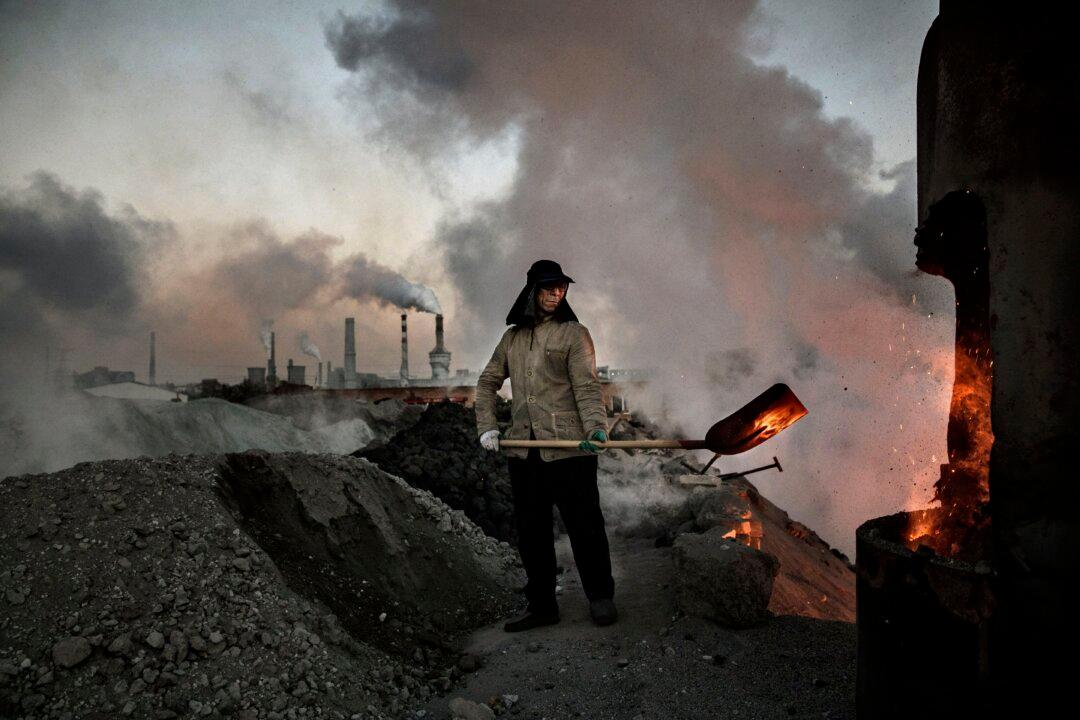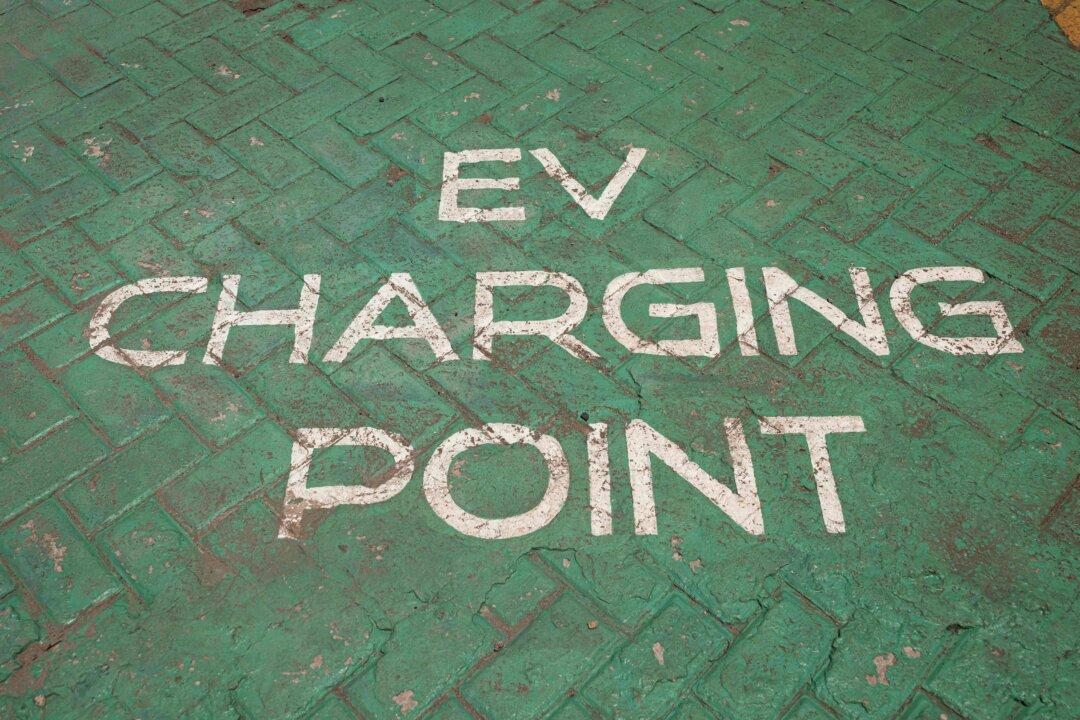Commentary
Vietnam and other Asian countries are on a coal spree! Given the dynamics of energy use in the rapidly developing industrial sector there, it is no surprise that these nations have backpedaled on big promises made at international climate conferences to reduce emissions of carbon dioxide from fossil fuels.





